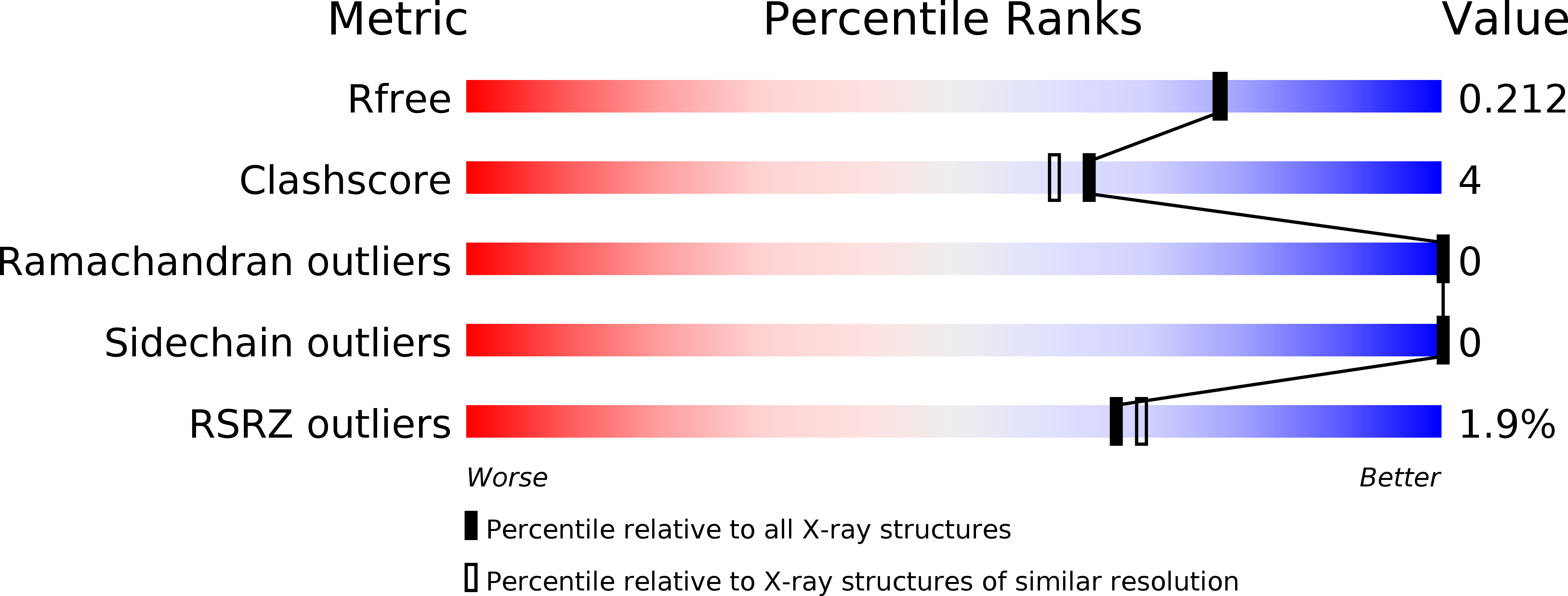
Deposition Date
2018-03-12
Release Date
2019-01-23
Last Version Date
2024-03-13
Entry Detail
PDB ID:
6COK
Keywords:
Title:
Structure of the 2nd TOG domain from yeast CLASP protein STU1
Biological Source:
Source Organism:
Saccharomyces cerevisiae (Taxon ID: 559292)
Host Organism:
Method Details:
Experimental Method:
Resolution:
1.89 Å
R-Value Free:
0.21
R-Value Work:
0.17
R-Value Observed:
0.17
Space Group:
P 1 21 1


